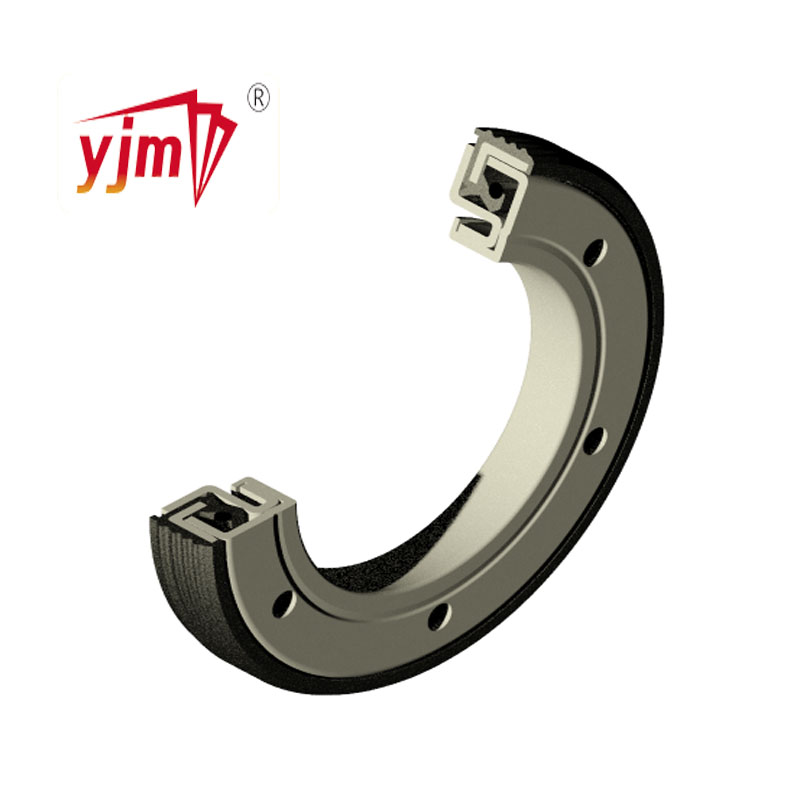Understanding the Importance of Steering Oil Seal in Vehicle Performance
Understanding Steering Oil Seals A Key Component of Automotive Systems
When it comes to the smooth operation of your vehicle, many components work synergistically to ensure that everything runs seamlessly. One critical yet often overlooked component is the steering oil seal. Steering oil seals play an essential role in maintaining the integrity and performance of a vehicle's steering system, which is vital for safe and efficient maneuverability.
What is a Steering Oil Seal?
A steering oil seal is a type of mechanical seal that prevents the leakage of steering fluid from the power steering system. Power steering is a hydraulic system that helps drivers steer their vehicles with ease, providing the necessary assistance when turning the steering wheel. The steering oil seal ensures that the hydraulic fluid remains contained within the system, preventing any loss that could lead to decreased performance or potential failure of the power steering mechanism.
Importance of Steering Oil Seals
The importance of steering oil seals cannot be overstated. A functional steering oil seal ensures that the pressure within the power steering system is maintained, allowing the system to operate effectively. If the seal begins to degrade or fail, it can lead to several issues, including
1. Fluid Leakage One of the most common problems associated with faulty steering oil seals is fluid leakage. When steering fluid leaks, it not only decreases the operational capacity of the steering system but also poses a risk of damage to other components due to insufficient lubrication.
2. Steering Difficulties A compromised seal can cause significant steering difficulties for the driver. Without adequate hydraulic pressure, the steering can become stiff and unresponsive, making it challenging to maneuver the vehicle. This can create dangerous driving conditions, particularly in critical situations requiring precise handling.
3. Increased Wear and Tear A failing oil seal can also lead to increased wear and tear on the power steering pump and other related components. The pump may have to work harder to maintain pressure, leading to premature failure and costly repairs.
steering oil seal

Signs of a Failing Steering Oil Seal
Identifying a failing steering oil seal early can save vehicle owners from significant inconvenience and expense. Some common signs include
- Puddles of Fluid If you notice a reddish fluid pooling beneath your vehicle where it has been parked, it could indicate a power steering fluid leak from a worn oil seal.
- Whining Noises Abnormal noises, such as whining or groaning sounds when turning the steering wheel, may signal an issue with the power steering system tied to ineffective seals.
- Stiff Steering Wheel A steering wheel that feels stiff or unresponsive can point to inadequate fluid levels due to leaks, often linked to failing oil seals.
Maintenance and Replacement
Maintaining the integrity of steering oil seals is crucial for long-term vehicle performance. Regular inspections, particularly when servicing the power steering system, can identify wear before it leads to failure. It's advisable to replace oil seals during routine maintenance, especially when signs of degradation are evident. Choosing high-quality replacement seals is also vital, as substandard materials can lead to premature failure.
In conclusion, steering oil seals may not be the most glamorous aspect of automotive maintenance, but their role in the vehicle's functionality is indispensable. By understanding their importance and recognizing the signs of wear, vehicle owners can better ensure safe, efficient driving experiences. Regular inspections and timely maintenance can go a long way in preserving the performance of your steering system, keeping you and your passengers safe on the road.
-
Simplifying Oil Changes: A Comprehensive Guide to Oil Drain Plugs and Their Variants
News Aug.04,2025
-
Mastering Oil Drain Maintenance: Solutions for Stripped, Worn, and Upgraded Oil Plugs
News Aug.04,2025
-
Fixing Oil Pan Plug Issues: Leaks, Stripped Nuts, and the Right Replacement Solutions
News Aug.04,2025
-
Everything You Need to Know About Oil Drain Plugs: Sizes, Fixes, and Upgrades
News Aug.04,2025
-
Choosing the Right Oil Drain Plug: A Guide to Sizes, Materials, and Drain Innovations
News Aug.04,2025
-
A Complete Guide to Automotive Drain Plugs: Types, Problems, and Innovative Solutions
News Aug.04,2025
-
The Ultimate Guide to Car Repair Kits: Tools and Essentials Every Driver Should Own
News Aug.01,2025
Products categories















